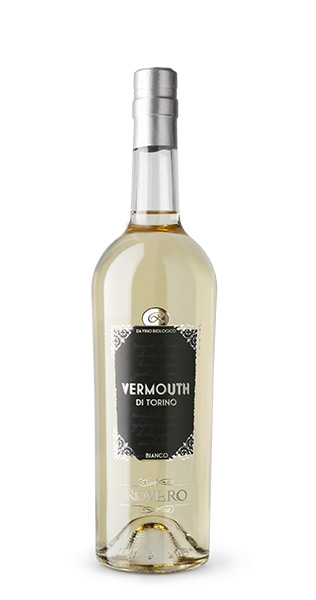Project Description
It is one of the most interesting and most typical Italian luxury wines. The old spelling of the name itself was Vermouth (or Wermouth, or Wermuth). The origin of the name is uncertain; perhaps it takes its name from the German word Wermuth, “wormwood” (Arthemisiaabsinthium).
It became famous in Piedmont, thanks to Antonio Benedetto Carpano, who was the first to produce and “launch” it in 1786 in Turin in his shop in the heart of the city. Another popular shop was the one owned by the Rovero family, and King Carlo Alberto was one of its customers . In 1838, brothers Giuseppe and Luigi Cora were the first to export the product. In the late 800 Vermouth was regularly exported to South America, the United States and throughout Europe.
ALCOHOL CONTENT: 16%
SUGAR: 16% p/v
BOTTLE: 0,75 l
INGREDIENTS: white wine, sugar, alcohol, extracts of herbs and spices.
VINIFICATION
Aromatic herbs and spices are carefully selected and dosed for alcohol extraction, including Common Wormwood, Roman Wormwood, Coriander seeds, bay leaves, chamomile flowers, cinnamon, ginger root, Angelica root, Cloves, Nutmeg, bitter orange peel, gentian root, nettle leaves, Sweet orange peels, Carob pods, Juniper, rhubarb root, Iris, clary sage, red Cinchona, Lemon peel, Elder flowers, bergamot peel, licorice root, Origanum Dictamnus Dittamo blooms, etc.
The extracts thus obtained and sugar are mixed with white wine.
WINE DESCRIPTION
An exciting wine, rich in sensations. Artemisia and citrus combined with caramel, are the protagonists of all flavouring herbs and spices. Cinchona gives it a balanced bitter finish.
WINE AND FOOD MATCHING
Ideal as an aperitif or a digestif.
Vermouth is a great product to be consumed cold: it can be served neat or added with water, which makes it very thirst quenching. It is also used as a base for cocktails.
It can also be used in the kitchen, as an ingredient for fish or seafood based dishes , or to season or marinate meat-based dishes (roasts, kebabs, rolls). In pastry Vermouth is frequently used to flavor cakes, pies and pastries.


 Italiano
Italiano English
English Deutsch
Deutsch